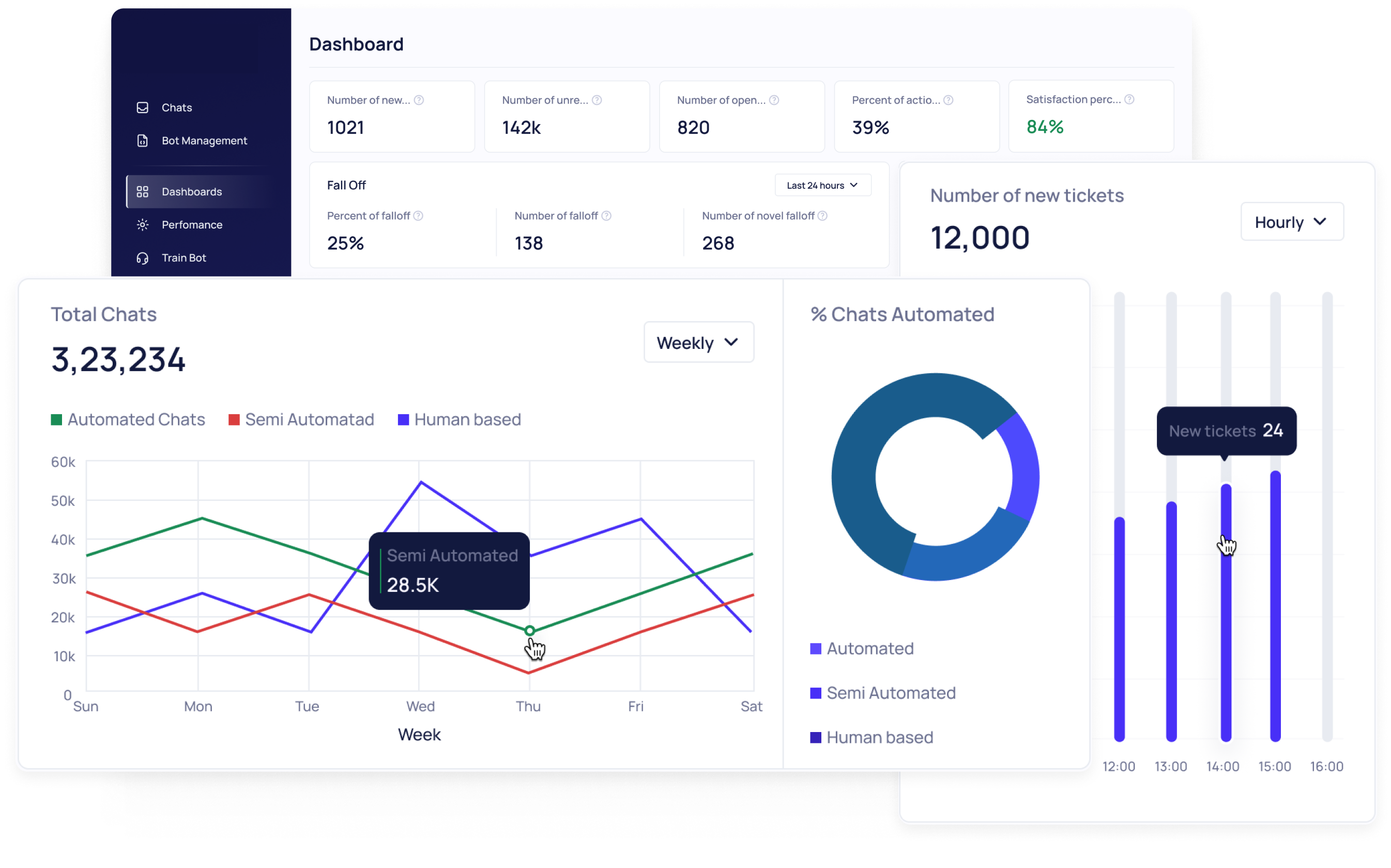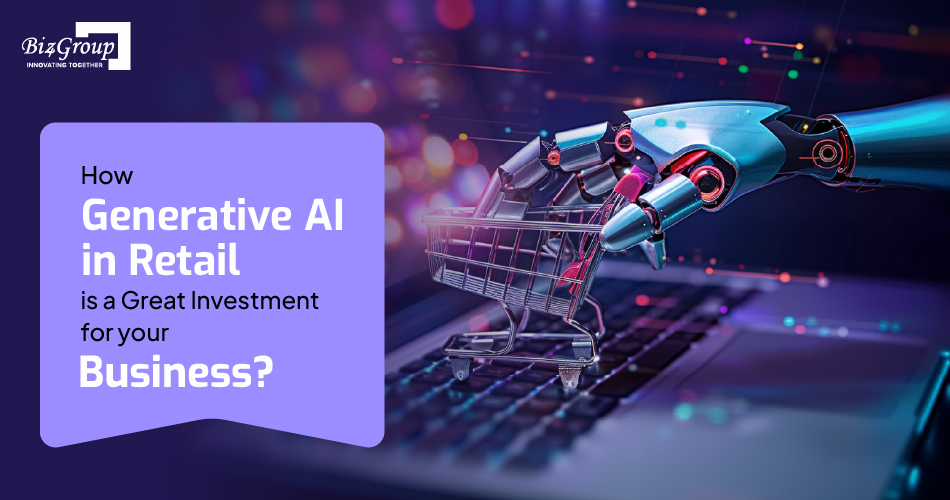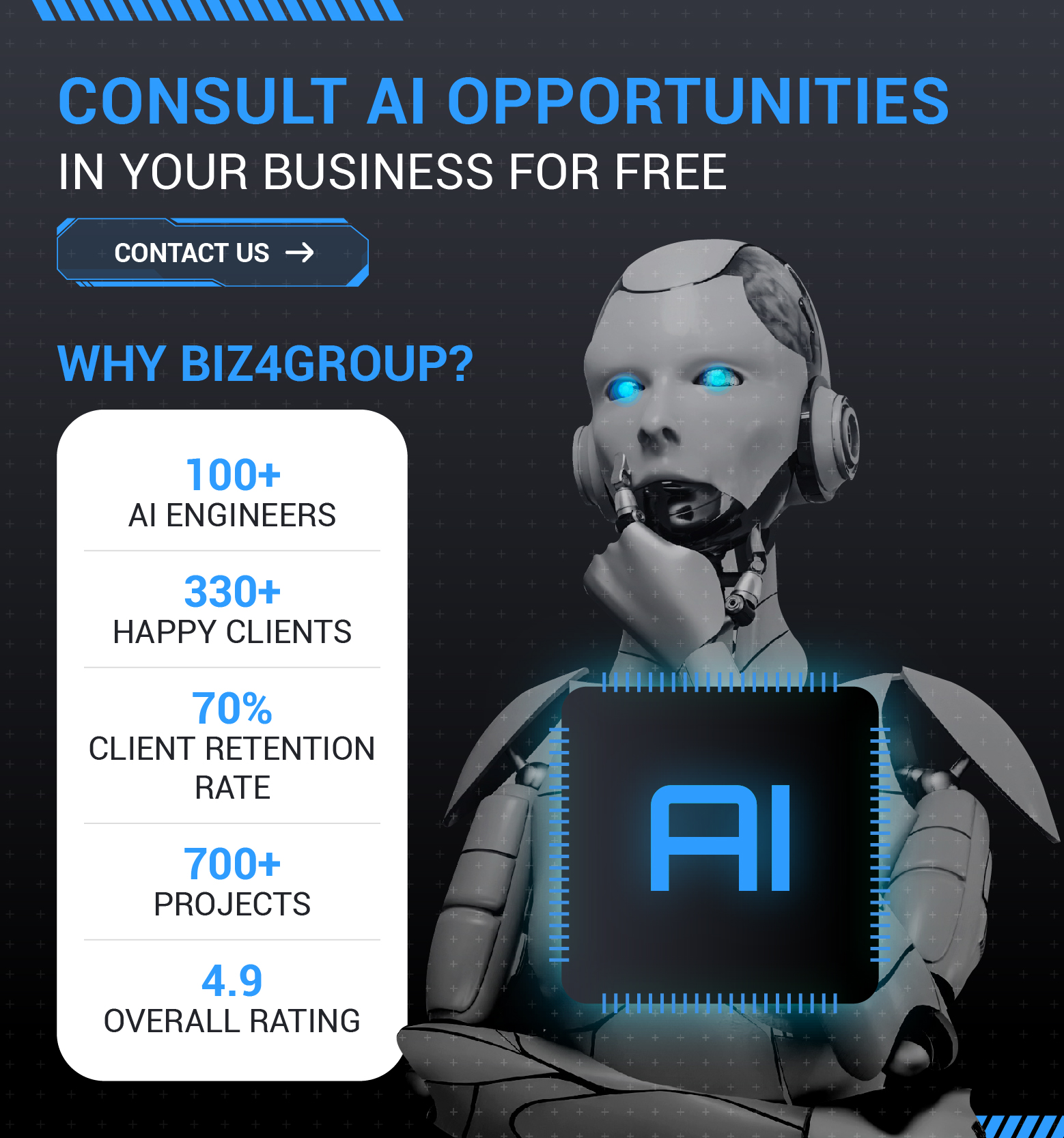How Generative AI in Retail is a Great Investment for Your Business?
Generative AI in retail is a yet another implication of AI and machine learning in today’s world. Various generative AI applications in retail include like customer experience enhancement, virtual assistants and chatbots, inventory management etc, make it more prominent among retailers.
Statistically speaking, retail executives believe that 36% of these employees are using generative AI nowadays. Moreover, the number is expected to grow to 45% in future.
Additionally, 93% of people are using generative AI for personalization, for example writing custom emails.
We, at Biz4Group, also an AI development company, build applications for generative AI in retail industry, custom ecommerce solutions, and more. Besides, we are also recognized as Trusted Advisors by our international clients. Here, in this blog we are going to explore the scope and benefits of generative AI in retail.
What is Generative AI in Retail and eCommerce?
Generative AI is one kind of artificial intelligence, that includes creating new content, wherein the content can be text, images, music or an entire virtual environment.
But, how it is different from traditional AI?
Traditional AI can analyze data to make decisions, whereas generative AI uses patterns and data, it has learnt to produce new, and exclusive content.
Also Read: Discover 26 Use cases of AI Chatbots in the Retail Industry
How Does it Work?
Generative AI basically uses advanced machine learning techniques to for ecommerce store development. Here is a breakdown of the process of how it works:

a. Data Collection & Training
It forms the basic step of generative AI working. Here, generative AI models are trained on the data which is relevant to the content a user wants to generate. For example, if a model is meant to generate text, then it would be trained on articles, books, and other related written content.
b. Neural Networks
Neural networks are an imitation of how a human brain processes information. Similar to neural layers, deep neural networks in generative AI have got many layers (hence the term, deep learning) which identifies and learn complex patterns within the data.
c. Learning Patterns
As part of the training process, the AI learns various patterns and structures. For example, to learn text generation, AI learns grammar, and vocabulary, whereas to learn image generation, AI learns shapes, and colors.
d. Generating Content
Here is the step to create new content, for enterprise ecommerce platform. The AI takes input in the form of prompt and generates content in a way that it aligns with the patterns it learnt during training.
e. Feedback & Refinement
Feedback is necessary for AI models to generate content with quality and relevance. These models are fine-tuned to adjust based on feedback.

Benefits of Generative AI for Your Retail Business
Here are the benefits of generative AI in ecommerce that you should consider for retail business:
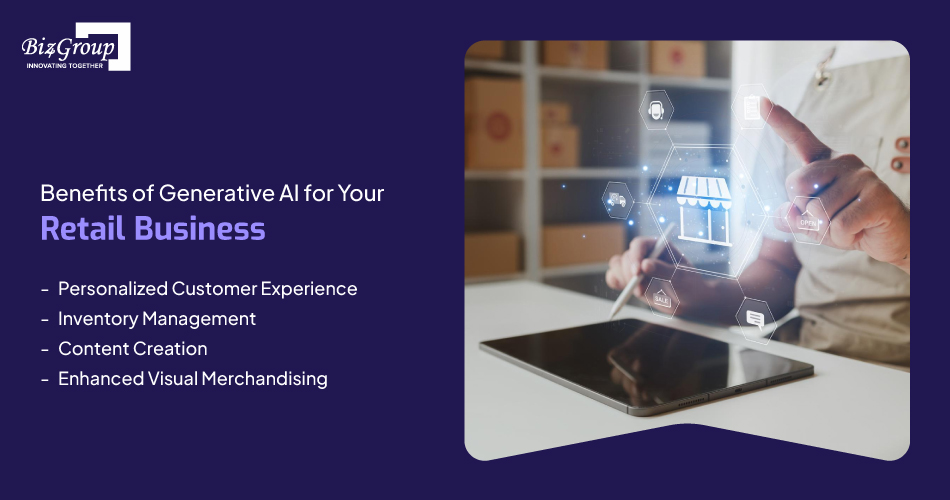
1. Personalized Customer Experience
Generative AI leverages data to understand customer preferences and behaviors.
Customizing product recommendations
Customizing product recommendation is a three-step process, which includes Data Analysis, Pattern Recognition and Content Generation.
Data analysis is nothing but analyzing customer data. Such data consists of past purchases, browsing history, and real-time interactions on the website. This data builds up the understanding regarding customers’ choices, to the AI model.
The second phase of pattern recognition includes recognizing patterns in customers’ behavior. For instance, brands, price ranges, and types of products.
Then comes the third phase, which is seamless and includes generation of personalized content or product recommendations that draws customers’ attention and retention, both to a brand per say.
Tailoring marketing messages
Tailoring marketing messages by generative AI in retail is a three-step process. These steps consist of Segmentation, Content Creation, and Dynamic Adaptation.
Segmentation is a process where the AI segregates customers, based on demographics, buying behavior, and engagement levels.
The next step of content creation includes tailoring personalized marketing messages, in the form of emails, SMS, social media ads, or website banners.
In the last phase, AI simply learns from customer interactions. Now, these interactions are in the form of marketing messages. Over time, the AI refines and adapts the content to improve effectiveness.
2. Inventory Management
Generative AI or custom chatbot development in retail can enhance inventory management through methods like predictive analytics. Predictive analytics is used for stock replenishment, in inventory management. Data collection, pattern recognition, and forecasting demand are three steps to achieve stock replenishment, through predictive analytics.
Data collection includes collecting data from sales history, seasonal trends, etc. Then the data is analyzed to identify patterns, like recognizing peak sales periods, product life cycles, to influence inventory levels.
Additionally, generative AI in retail includes forecasting for future demand for different products, which includes historical data and real-time inputs for dynamic adjustments.
3. Content Creation
Generative AI in retail automates the generation of product descriptions and create marketing content. Data input, language models, and customization consist of automated product descriptions.
Generative AI uses data for input, such as product specifications, features, provided by the retailer. Language models like GPT are used to create compelling product descriptions. Moreover, generative AI in retail can also customize descriptions to match your brand’s voice, to bring engaging tone across all product listings.
4. Enhanced Visual Merchandising
Generative AI in retail market also plays a crucial role in attracting customers. The AI creates realistic product images and videos, along with virtual try-ons and augmented reality applications.
This process consists of three steps that include image generation, video generation, and customization.
For image generation, techniques like Generative Adversarial Networks(GANs) are adopted. This technique can create new images that look closely similar to real photographs. Besides, AI is also capable of producing engaging videos, in a visually appealing manner.
Also Read: AI in Fashion – Now, Exclusive Stylist for Everyone!
Implementation Strategies of Generative AI in Retail
Below are some important strategies of generative AI in retail or custom ecommerce solutions, that can be considered by business community:
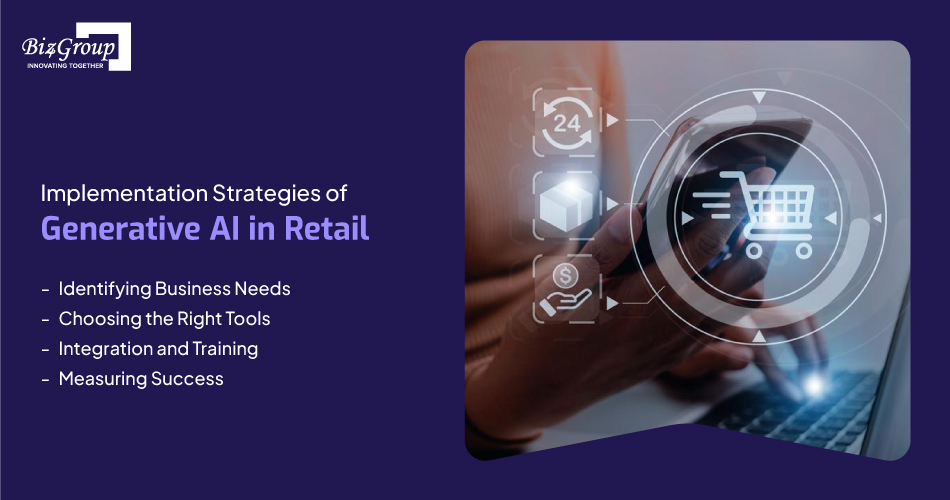
1. Identifying Business Needs
Identifying business needs include assessing areas where generative AI can be most effective. Not only this, but it also comes up with setting clear goals and objectives. Like defining success metrics, short-term and long-term goals, and doing stakeholder alignment.
2. Choosing the Right Tools
Choosing the right tools consists of taking overview of popular generative tools in retail. Such tools can be OpenAI’s GPT-4, IBM Watson, Google Cloud AI, etc.Besides, other considerations for selecting the best solution are compatibility, scalability, ease of use, and cost implied.
3. Integration and Training
Integration of generative AI into existing systems starts with pilot projects to test AI capabilities, it then comes to system integration, wherein IT teams integrate AI tools with existing systems. It finally comes to custom development to fit specific business needs.
4. Measuring Success
When it comes to measure success it includes measuring key performance indicators like customer engagement, operational efficiency, sales performance, and customer satisfaction.

How Biz4Group has Implemented Generative AI in Retail for its International Client?
Our team of experienced developers from generative AI development company, has developed a generative AI solution for one of our international clients, wherein the team has resolved the challenge of unique eCommerce marketplace, providing profitable shopping experience at the end of customers as well.

Some of the project highlights are mentioned below:
-
Product Filters based on New arrivals, Bestsellers, Featured and Categories.
-
Product-based sale to ensure the buyers get only the best deal
-
Multiple Delivery Services
-
Plans for preferred shipping options
-
Gift Vouchers and promo codes
-
Shopify Store Connect
-
WooCommerce Store Connect
 info@biz4group.com
info@biz4group.com 
















